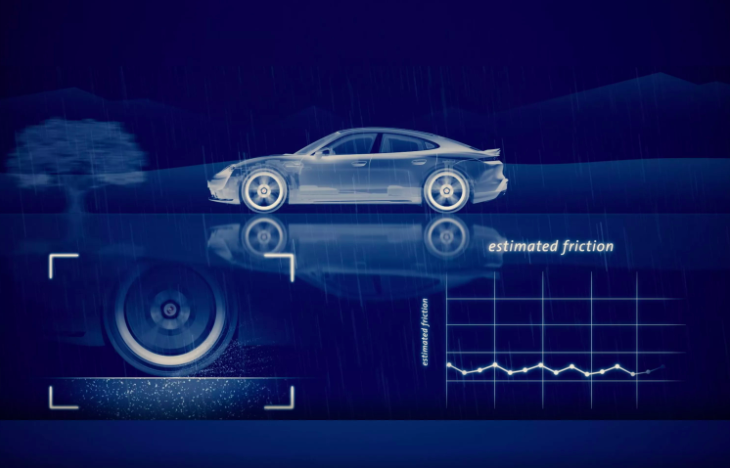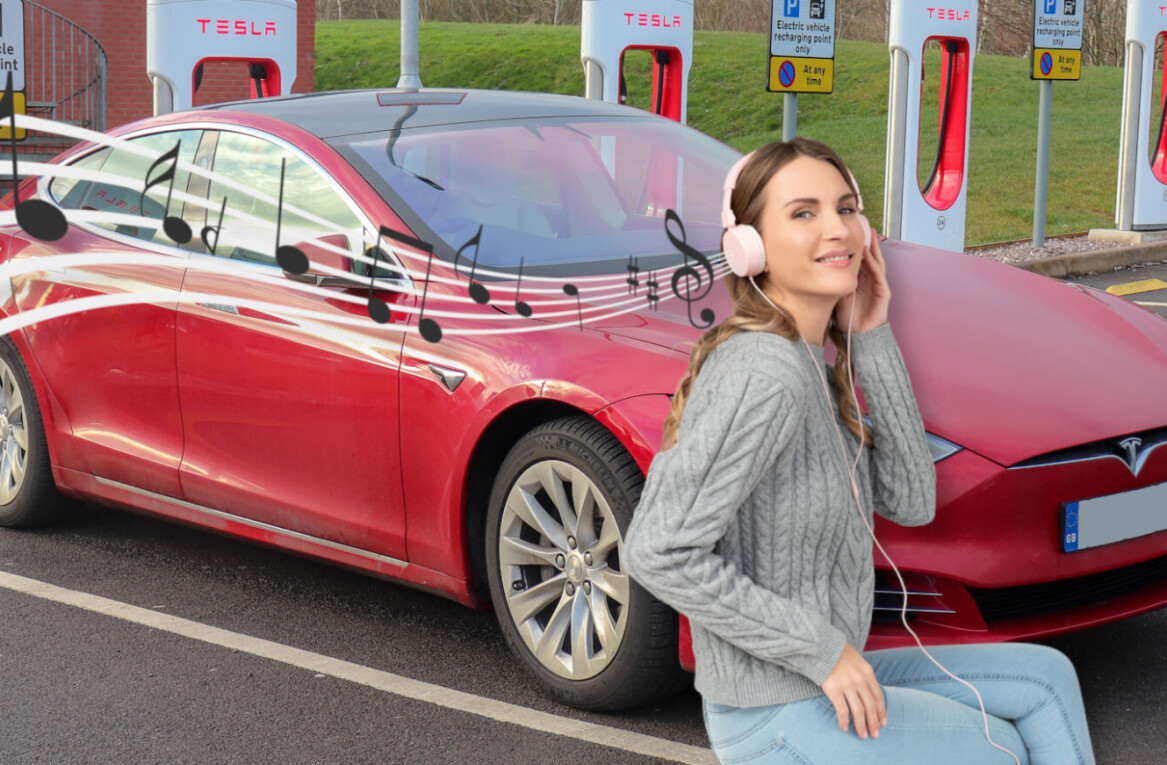
Wouldn’t it be great if your car would know when it needs service, before a serious issue occurs? Or warn you about hazardous road conditions before you encounter them?
Porsche seems to think so. The company is introducing new “digital twin” technology in its electric Taycan which goes way beyond the flashing engine lights of yore.
Wait a minute — what’s a digital twin?
Basically, a digital twin is a virtual simulation of a physical asset — which in this case is a virtual replica of a particular model of a Porsche Taycan.
While this might still sound a bit like ‘engine lights with just extra steps’, the company is confident this will usher in a new era of smarter car maintenance.

So let’s take a look at the three biggest benefits Porsche believes digital twins will bring to the table.
1. Predictive maintenance
Each digital twin collects data through its physical counterpart’s sensors about various car components, such as the air-suspension system and the electric powertrain.
Then, the digital twin compares its collected data with the rest of the vehicle fleet. If any threshold is exceeded or anomalies are detected, the driver is immediately alerted they might need to have their car inspected for potential damage — even before it actually occurs. Pretty cool, huh?
In addition to that, this information can be used to customize service intervals or notify mechanics to check out specific components.
All in all, this process increases safety and saves both time and money as you’ll be less likely to postpone repairs, which often causes maintenance to become a costlier enterprise.
2. Prediction of hazardous road conditions
Through crowdsourced and shared road maps, digital twins could warn drivers about various dangerous conditions. These could include ice, fog, extreme winds, pavement friction, sharp curves, etc.
On top of warning people to drive more carefully, it could also make sure the relevant safety systems could be set with the correct preconditions.

3. Transparent residual value
Now this last one is particularly interesting for the used car market. Let’s say you want sell your Taycan after a few years. You’d like to get the highest possible price for it, and potential buyers would also like to know that it comes in the best possible condition.
Through the data gathered by the digital twin, Porsche could provide you a report on your car’s history, confirming that maintenance and repairs were done on schedule, and that there have been no serious damages.
This digital record could suggest an accurate selling price and offer bigger transparency for would-be buyers. So, yes, a win-win situation.
When is Porsche planning to launch the feature?
The brand is planning to launch the first production version of its digital twin tech in 2022.
The Taycan’s air suspension system is already being monitored, and about half of owners are opting to participate in the pilot program.
For the first production version, Porsche will focus on monitoring the vehicles’ mechatronic components, and hasn’t set a date for the historic reporting feature.
If you ask me, I’m pretty optimistic about this new digital twin tech. We’ve see some pretty impressive advancements in EV batteries already, so I can’t wait to see what optimizations we can unlock once we’ll have full virtual simulations analyzing our entire cars.
Do EVs excite your electrons? Do ebikes get your wheels spinning? Do self-driving cars get you all charged up?
Then you need the weekly SHIFT newsletter in your life. Click here to sign up.
Get the TNW newsletter
Get the most important tech news in your inbox each week.




